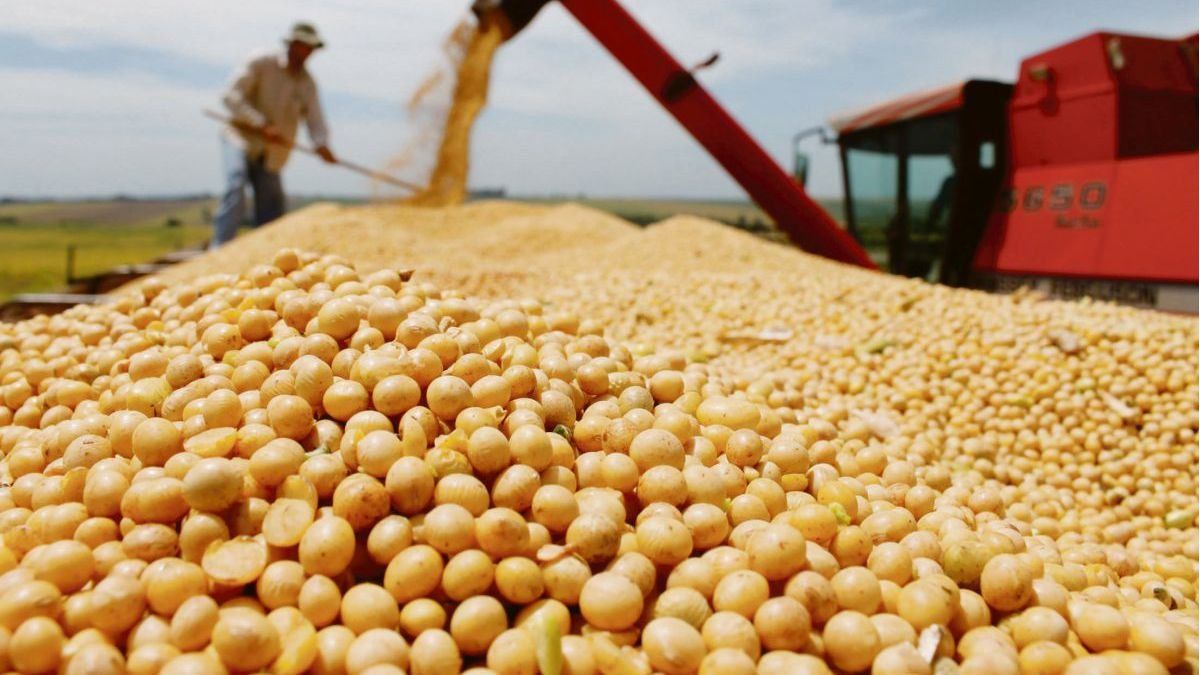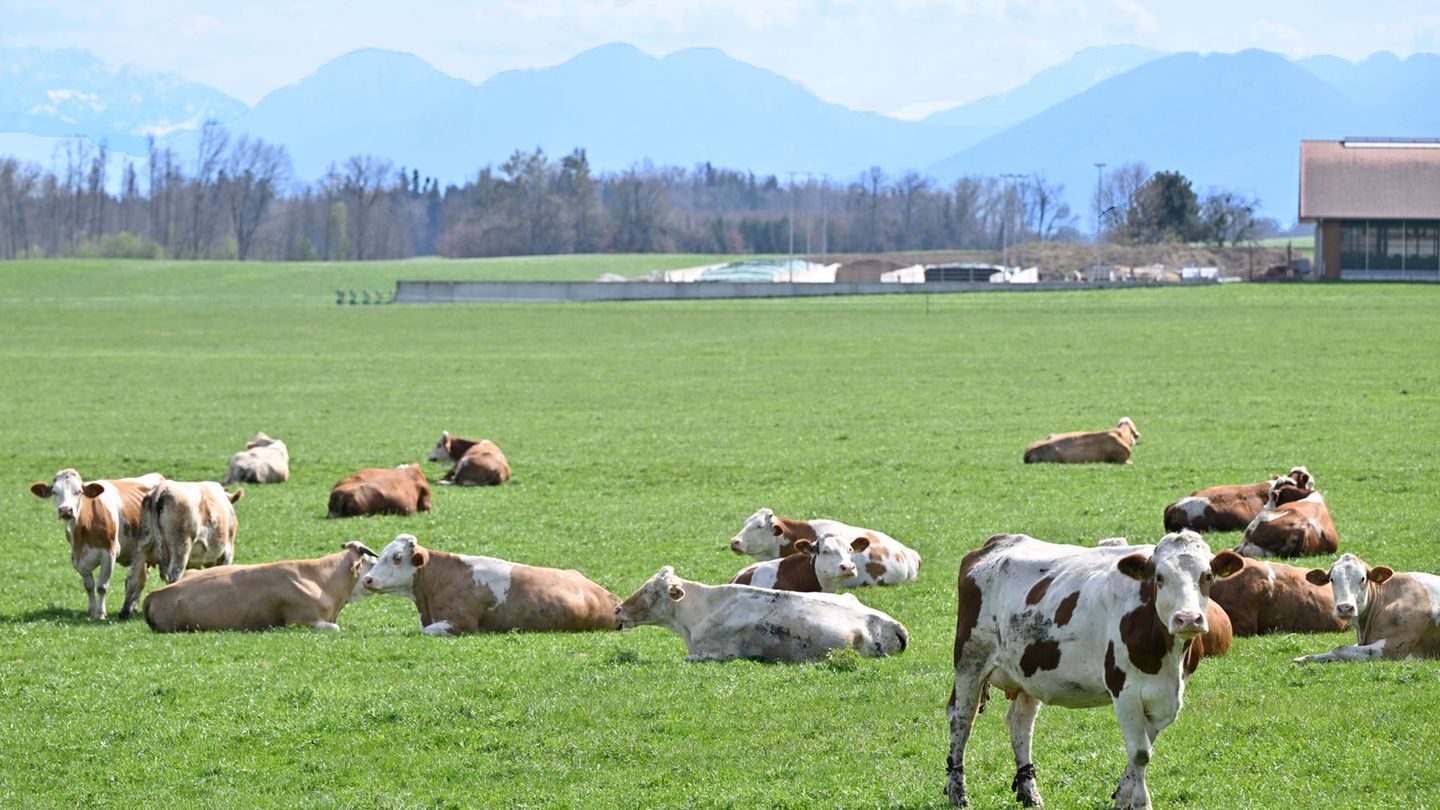Almost half of total exports originate in the agribusiness sector, where agricultural raw materials, in particular cereals (wheat and corn), which had a great performance in the first half of the year, were strong.
This achievement, which served to contain the reserves of the BCRA, could be attributed to the wise decision of the Minister of Agriculture, Julián Domínguez, who convinced part of the cabinet to open the records of corn and wheat, which remained limited due to security issues. “balance” with the excuse of having some kind of link with domestic consumption. Thus, the producers rushed sales and marketed above the previous years and the industry advanced export duties for next year. In short, more dollars to increase the collection.
Although to a lesser extent, the impact also reached oilseeds and allowed the industry to achieve record exports. According to data from the Chamber of the Oil Industry and the Center for Cereal Exporters (CIARA-CEC), in the first semester US$19,144 million entered the state coffers. From the business entity they highlighted in their latest work called “Export Monitor” that “the liquidation would have been much greater without the restrictions and limitations imposed by the government on some exportable products, the drought, the lack of diesel and the pickets”.
That -among other variables of the local economy- impacted the marketing of grains by the producer, which has slowed down in recent weeks. According to the available official information provided by the Ministry of Agriculture, purchases by the export sector and the industry totaled 20,433,000 tons of soybeans up to July 13, out of a total of 44,000,000 MT. This year an estimated delay of 3.3 MT was generated, but it is within logical parameters if the historical series of recent years is analyzed, which ranges between 45% and 55% of commercialization progress.
Beyond the delay that exists in the decision to sell by soybean producers – who must protect their assets to be able to face the next campaign – at the same time it accelerated in wheat and corn. Among all the crops they contributed about half of the dollars that arrived at the BCRA. The slightly lower income of US$20 billion almost doubles that of 2019, when US$10,359 million were exported in the same period.
The problem is not the income of dollars but the exit of them. The Government needs to spend the winter, because the reserves suffer too much tension due to the need to import energy and due to domestic issues. As Ámbito learned, only as of September could there be some calm, when the demand for energy imports falls and at the same time soybean sales by the primary sector accelerate to face the next thick campaign: the producer will sell his grains when you need to buy inputs.
For now, although there are different alternatives to encourage producers to speed up the marketing of their grains, nothing has been defined. The possibility of benefiting from a reduction in export duties or a differentiated exchange rate would reward those who sell their harvest from now on, but would harm those who have already made that decision.
Leaving aside some extremist views on confiscation and evaluating the statements of President Alberto Fernández, the Government hopes that the commercialization of some 23 million tons that producers have stored will be brought forward.
The equation that the economic cabinet must solve is how to make the producer receive more dollars for his grains and know that he will be able to face the next campaign. It is worth remembering that taking the data from the closing of the market last Friday, for each ton the producer receives $47,000 (which can be converted to US$150 on the stock market) on a product that was listed on the international market at US$527.
It is important to note that with the application of withholdings and the current exchange rate, most of the dollars are taken by the state: proof of all this is the collection of export duties, which in the same period analyzed reached u $s4,947 million, a figure that will almost double when the year ends, as well as agro-industrial exports, which according to the Rosario Stock Exchange would total $41,254 million, just below the total that would reach $88,606. million accounting for all productive activities.
The answer to which is the number that would contribute to exchange peace is between 150 and 527 dollars. And from there, the necessary decisions will have to be made to achieve it.
Source: Ambito
David William is a talented author who has made a name for himself in the world of writing. He is a professional author who writes on a wide range of topics, from general interest to opinion news. David is currently working as a writer at 24 hours worlds where he brings his unique perspective and in-depth research to his articles, making them both informative and engaging.




